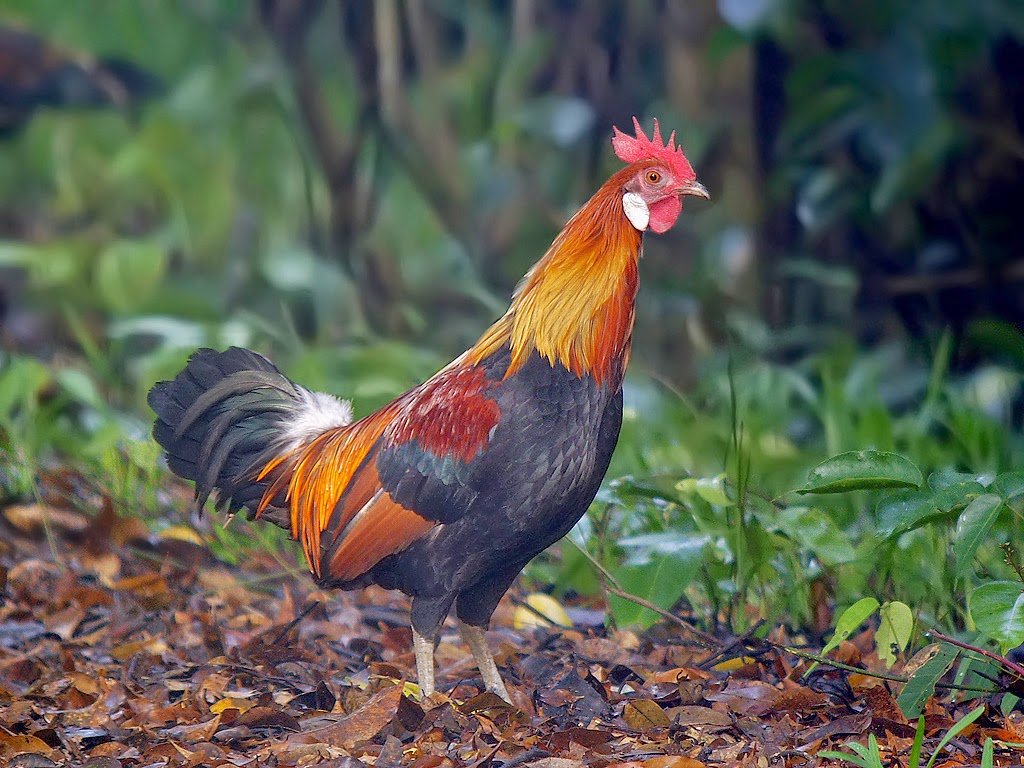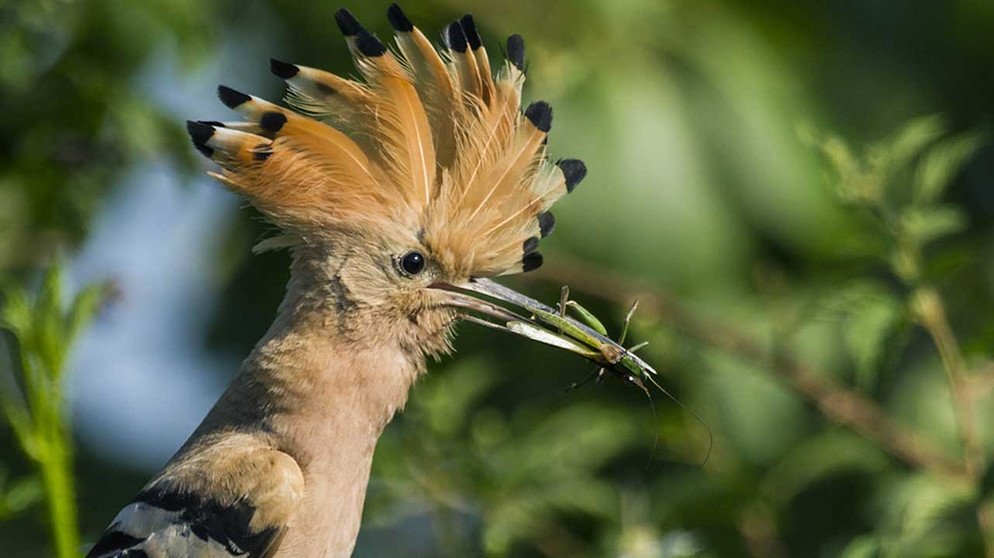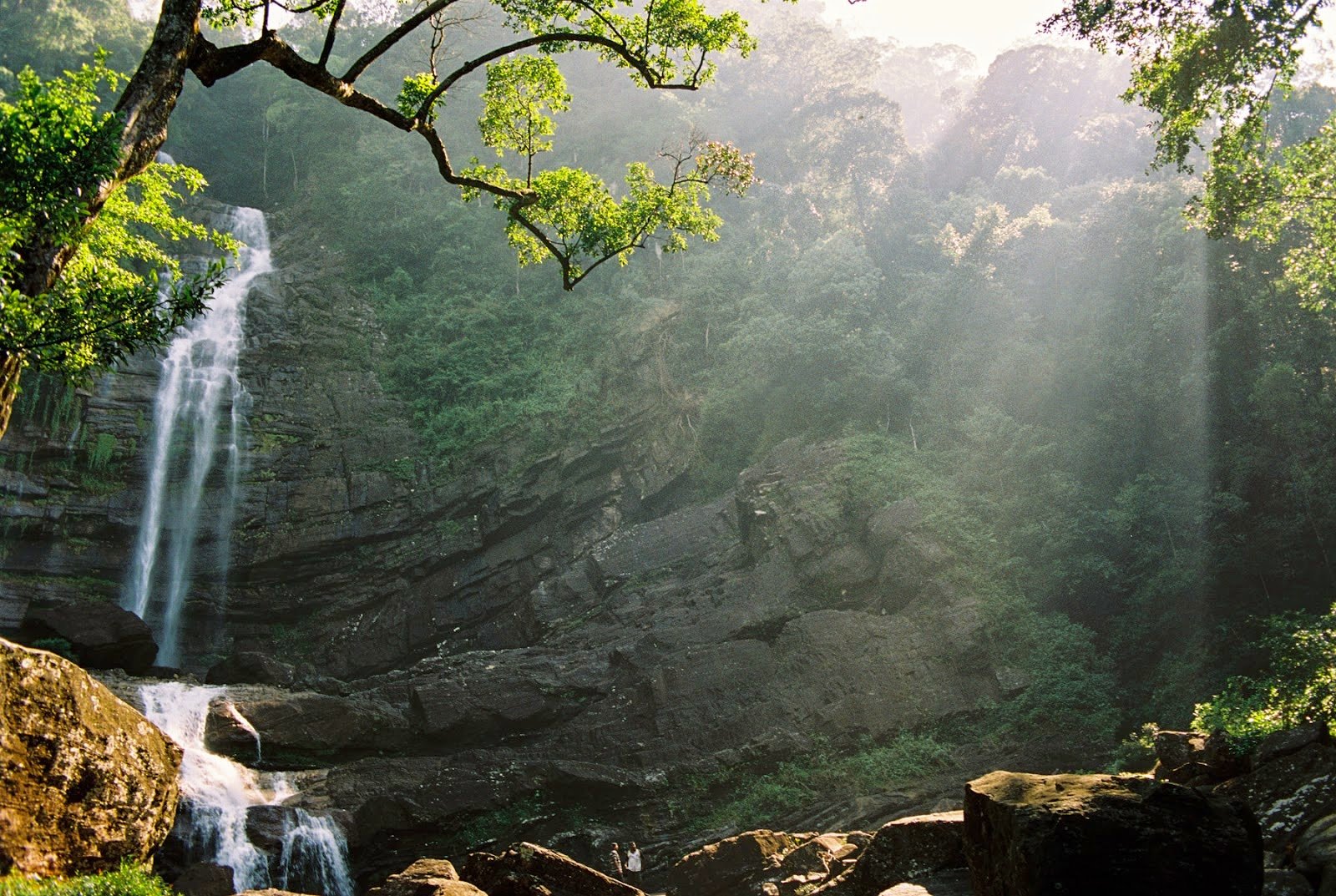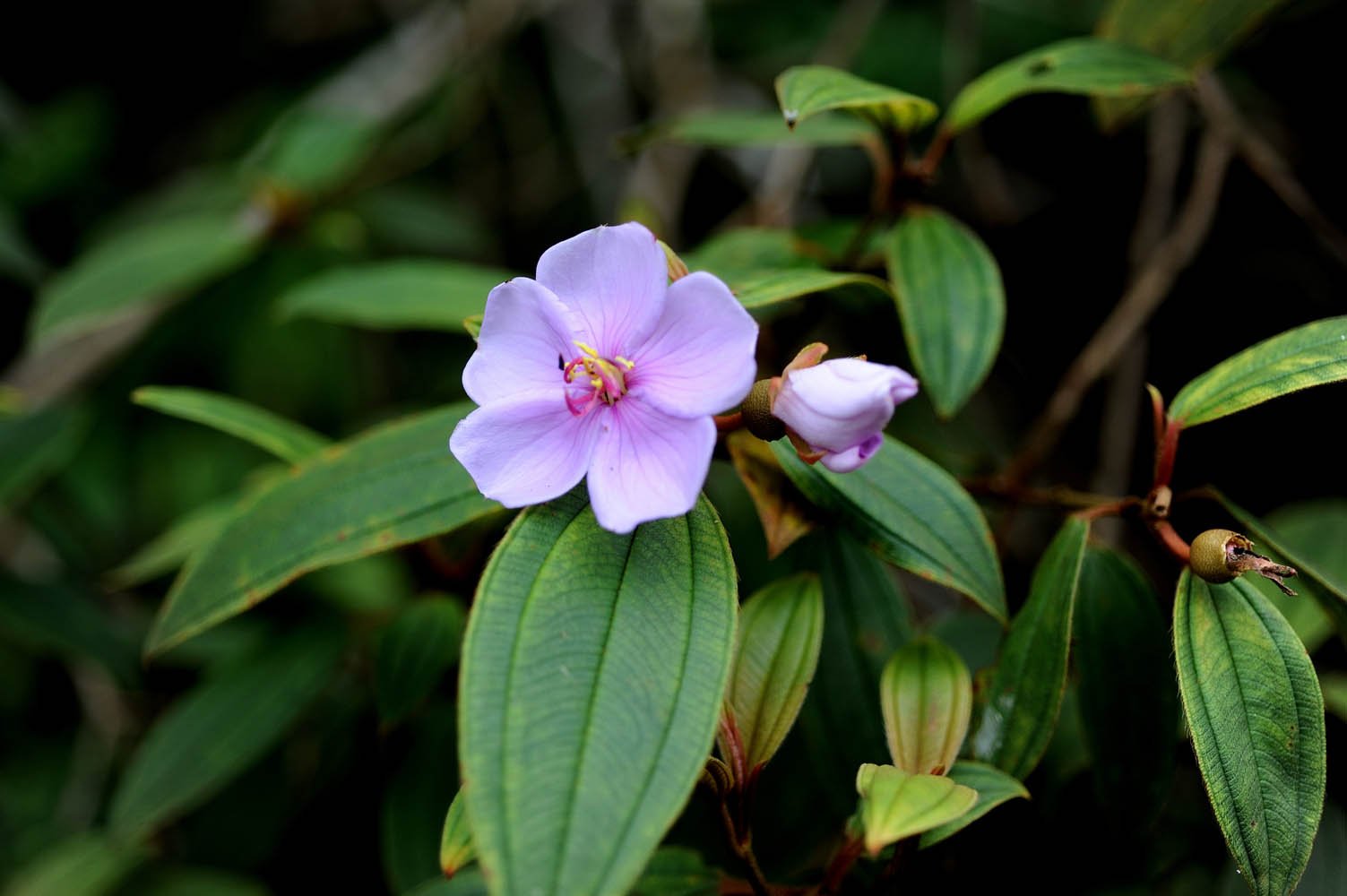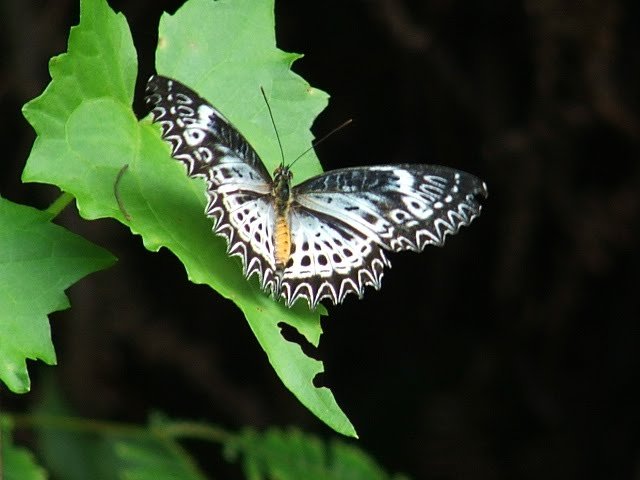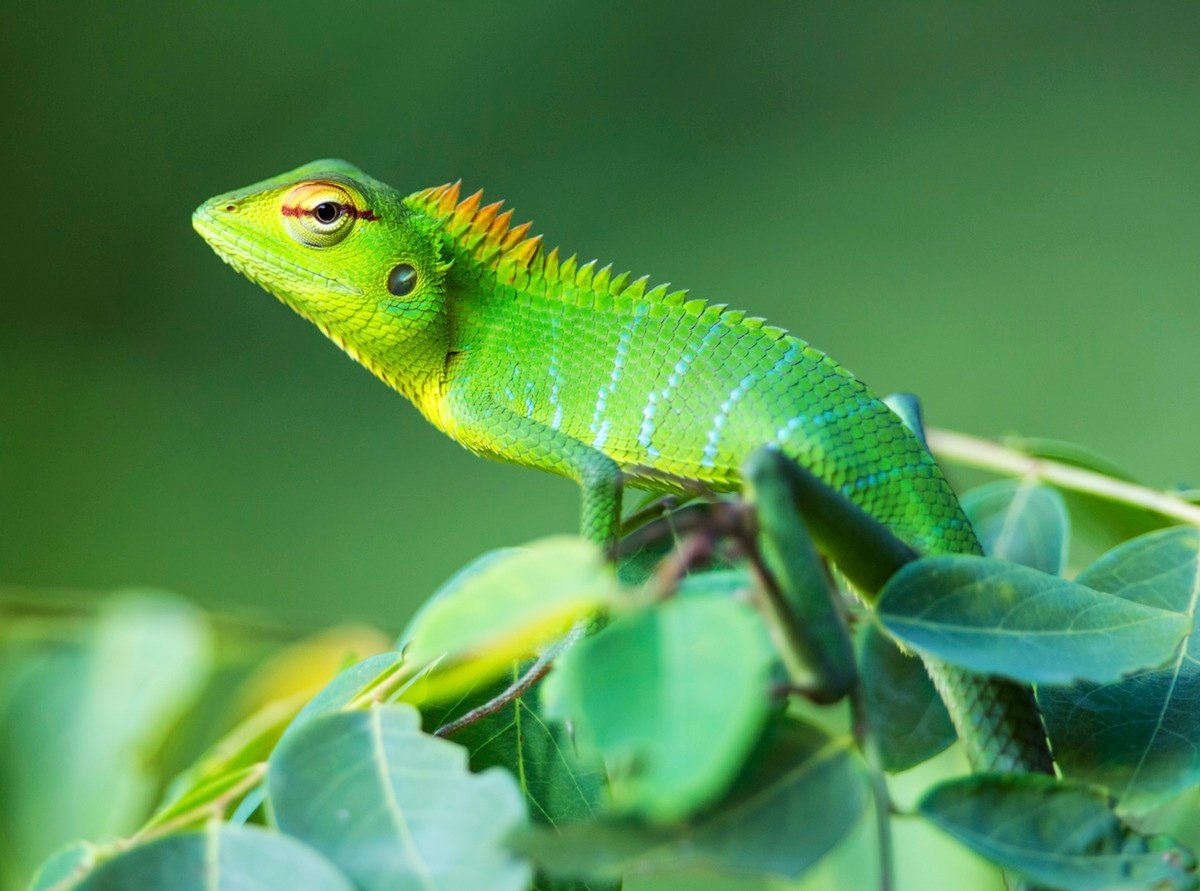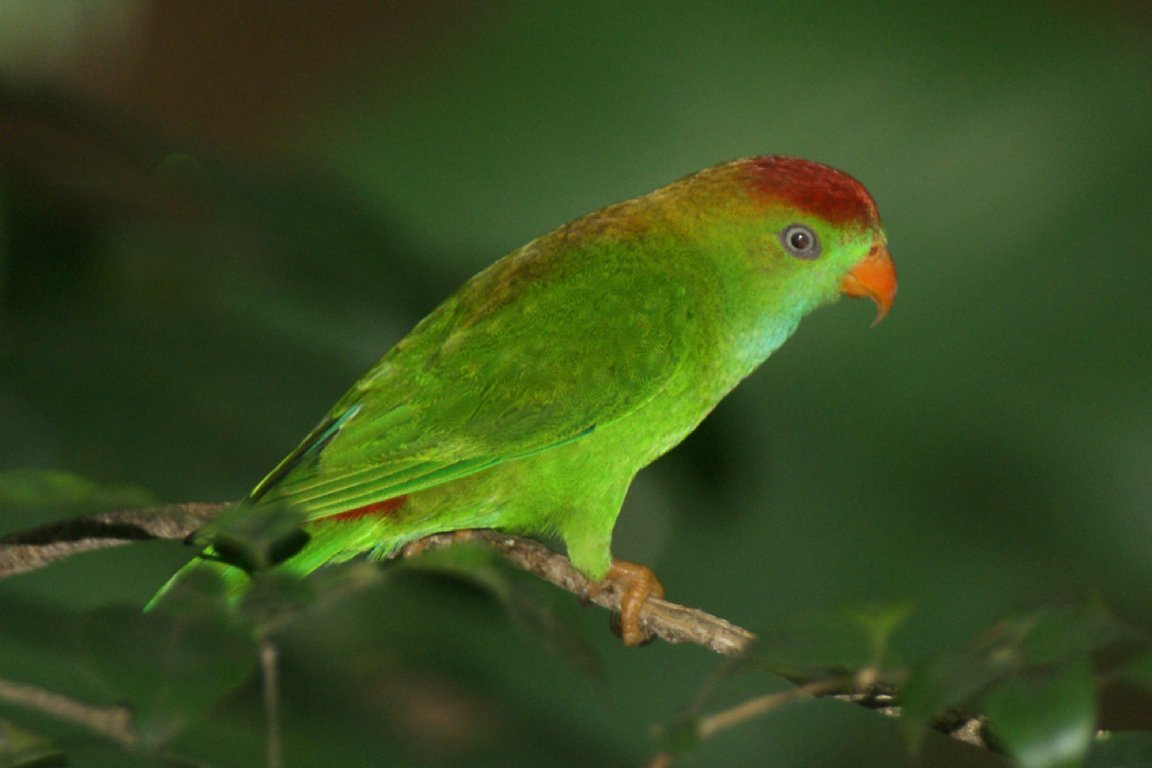Bundala National Park is situated on the south east coast near Hambantota, 256 kilometers from Colombo. It stretches nearly 20 km along a coastal strip, and is 6,216 hectares in extent. This makes it a small park in comparison to others, but high densities of mammal and bird species means that it is one of the best places to view a good proportion of Sri Lanka’s wildlife. The park consists mainly of dry thorny scrub jungle and lagoons. The shallow brackish lagoons (lewayas) located within the park - Koholankala (390 hectares), Malala (650 hectates), Embilikala (430 hectares) and Bundala (520 hectares) - form a complex wetland system harbouring in particular a rich bird life, which include a varied and concentrated species of migratory and resident waterfowl.
The history of Bundala as a conservation area began in 1969, when it was declared a sanctuary. Then in 1992 it was upgraded to a national park. Sri Lanka is a signatory to the Convention on Wetlands of International Importance for Migratory Waterfowl, known simply as the Ramsar Convention. The high species richness of birds associated with Bundala resulted in it being declared as Sri Lanka’s first Ramsar site in 1990.
Flora
There are stands of scrub forest comprising such species as maila, maliththan or Mustard Tree - Leopards love to lie in the branches of this tree - weera and palu. However, the arid vegetation consists mostly of grass flats studded with scrub jungle. Marshes and streams contain water hyacinth and water lilies.
Fauna
Other species present at Bundala include the Toque Monkey, the Sri Lanka GreyLangur, Sri Lanka Jackal, Sri Lanka Leopard, Indian Fishing Cat, Sri Lanka Rusty-Spotted OrRubiginous Cat, Indian Wild Boar, Barking Deer, Mouse Deer, Sri Lanka Spotted Deer, Sri Lanka Sambhur, Indian Pangolin, Sri Lanka Giant Squirrel, Sri Lanka Small Civet-Cat, and the Indian Crested Porcupine.
Avifauna
A total of 197 species of bird have been recorded in the park, including two endemic species, the Sri Lanka Brown-Capped Babbler and the Sri Lanka Jungle Fowl. The rare Black-Necked Stork, the White-Bellied Sea Eagle and the Brahminy Kite are breeding residents. Other species include Cattle Egret, Intermediate Egret, Great Egret, Eurasian Spoonbill, Black-Winged Stilt, and Yellow-Wattled Lapwing.Migratory species include the Capion Plover, Ringed Plover, Common Redshank,Broad-Billed Sandpiper, Buff-Breasted Sandpiper, Red-Necked Phalarope, Common Avocet, and Eurasian Oyster-Catcher. The most magnificent of the migratory species is the Greater Flamingo, which can be seen in large numbers - sometimes several thousand - during the northeast monsoon (October-December).
Reptiles
Noteworthy reptiles present at Bundala include the Sri Lanka Swamp Crocodile,Sri Lanka Estuarine Crocodile, Water Monitor or kabaragoya and Star Tortoise. Snakes include the rare Sand Boa - a subterranean species - the Indian Python or common Rat Snake or garandiya, Forsten’s Cat Snake - a striking red snake that constricts its prey - as well as the venomous Saw-Scaled Viper and Russell’s Viper or tic-polonga.
Location MAP
Nearby Hotels



